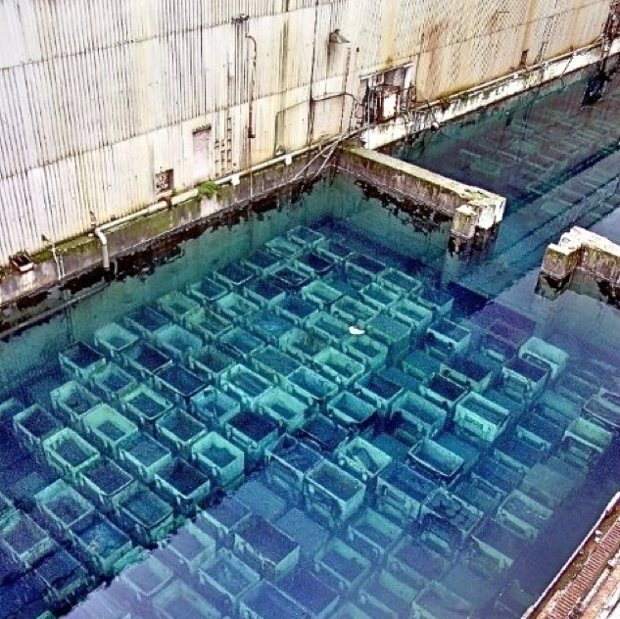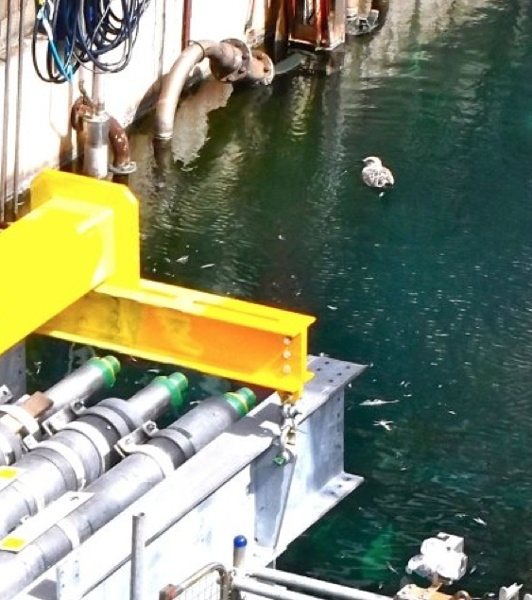Dr. Ian Fairlie
The Nonsense of Nuclear Fuel Reprocessing
Many readers will have seen the interesting Panorama programme on the poor safety
record at Sellafield broadcast on BBC 1 on September 5
The BBC press release stated this was a “special investigation into the shocking state of
Britain’s most hazardous nuclear plant…” and it certainly was. Perhaps the most important
of several whistleblower revelations was that the previous US managers had been shocked
at the state of the plant when they took over its running in 2008.
Although the programme producers are to be congratulated for tackling the subject, it was
only 30 minutes long and tells only a small part of the whole sorry story.
This article tries to give more background information, and importantly, more analysis and
explanation. The full story would require several books and would be painful reading.
What is reprocessing?
Reprocessing is the name given to the physico-chemical treatment of spent nuclear fuel
carried on at Sellafield in Cumbria since the 1950s. This involves the stripping of metal
cladding from spent nuclear fuel assemblies, dissolving the inner uranium fuel in boiling
concentrated nitric acid, chemically separating out the uranium and plutonium isotopes and
storing the remaining dissolved fission products in large storage tanks.
It is a dirty, dangerous, unhealthy, polluting, expensive process which results high radiation
doses to the ~9,000 workers employed at Sellafield.
Environmental consequences
The Sellafield plant is host to several hundred radioactive waste streams and processes
which result in large discharges of radioactive liquids to sea and emissions of radioactive
gases and aerosols to the atmosphere. Raised levels of childhood leukemias in some villages
nearby are considered to be linked to the inhalation and ingestion of these radionuclides.
Sellafield, and a similar plant in La Hague France, continue to be, by some margin, the
largest sources of radioactive pollution in the world. For example, the Irish Sea is the most
radioactively polluted sea in the world with about half a tonne of plutonium sitting on its
seabed from reprocessing.
The collective doses to the world’s population from the long-lived gaseous nuclides C-14,
and I-129, and from medium-lived Kr-85 and H-3 (tritium) emitted at Sellafield are huge and
are estimated by radiation biologists to cause tens of thousands of early deaths throughout
the world.
Another result is the 140 tonnes of unneeded, highly radiotoxic, plutonium (Pu) stored on
site at a cost of £50 million a year. Pu is fissile and, in the wrong hands, this amount could
be made into ~20,000 warheads, ie it is a serious nuclear proliferation danger.
The Liquid Waste Tanks

Not discussed in the BBC programme, but perhaps most serious of all, are the ~20 large
holding tanks at Sellafield containing thousands of litres of extremely radiotoxic fission
products, including long-lived Cs-137and Sr-90. Discussing these tanks, the previous
management consortium Nuclear Management Partners stated in 2012 “there is a mass of
very hazardous (nuclear) waste onsite in storage conditions that are extraordinarily
vulnerable, and in facilities that are well past their designated life”.
The National Audit Office (NAO) stated these tanks pose “significant risks to people and the
environment”. One official review concluded that, at worst, an explosive release from the
tanks could kill two million Britons and require the evacuation of an area reaching from
Glasgow to Liverpool. These dangerous tanks have also been the subject of complaints from
Ireland and Norway who fear their countries could be contaminated if explosions or fires
were to occur.
…
Let’s not mince words, the practice of reprocessing at Sellafield has been and remains a
monumental national disgrace.
…

The shocking state of the Sellafield nuclear shitehole
Pingback: Secret Lake District Waters: “Safeguarding National Security”